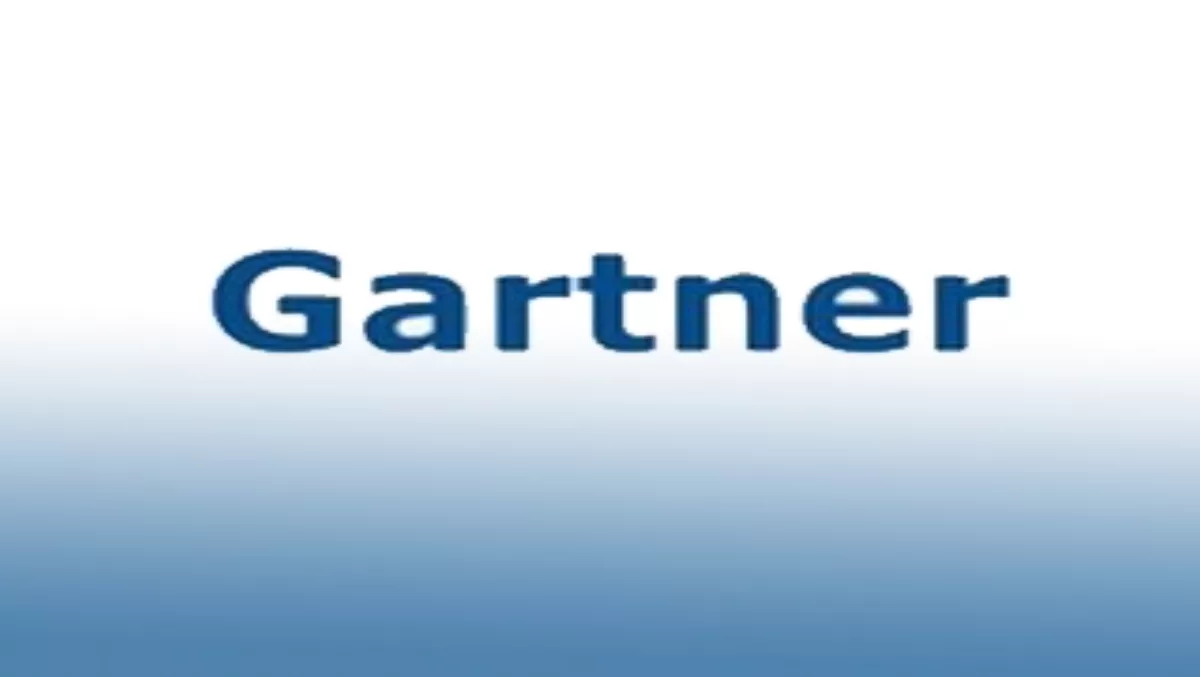
5 enterprise software trends for 2011
Gartner says that business intelligence, collaboration, content management, social software and supply chain management will be the top application software growth areas this year.
The biggest focus of 2011 will be on modernising packaged application systems, enabling better user access through software as a service and cloud services.
The research company predicts that worldwide enterprise software revenue will rise 7.5% from 2010 to US$235.9 billion.
"The focus in the enterprise software industry is on upgrading of build-run-manage technologies to improve agility, establishing cloud-computing infrastructure services and results-reporting transparency," said Tom Eid, Research VP at Gartner.
"For 2011 through 2015, the highest instances of software market growth will align to the business requirements of attracting and retaining customers, enhancing business processes, improving collaboration and social networking, managing content of all types, reporting of performance and results transparency, and workforce effectiveness and flexibility," Eid added.
Those five trends in more detail:
Globalisation
This encompasses market consolidation and technology convergence trends, as well as the connected society, vendor mergers, and acquisitions. Gartner predicts significant technology and vendor consolidation during the next several years will reshape the current landscape. During this period of market disruption, highly fragmented software markets will become more structured and marked by an extensive reduction of vendors. Even though organisations compete globally, localization requirements - including languages, cultures and laws - must be supported.
Implementation
How organisations procure and deliver software is being challenged with cloud-computing, platform as a service (PaaS) and SaaS, coupled with pervasive and mobile access. The demand for cloud-based solutions will continue throughout the next several years. Mobile solutions have led to the opening of many new industry-based market opportunities, such as mobile banking, mobile commerce and remote healthcare diagnostics.
Modernisation
Enterprises continue to migrate to open source software (OSS) and SOA as older applications and systems become more costly to upgrade and maintain. Aligned with the modernisation trend, automating business processes and streamlining workflows continue to gain traction. Enterprises are expecting to provide significant resources in 2011 to upgrade all types of systems and software, ranging from personal productivity tools, to build-run-manage infrastructure software, to user-driven applications. Virtualisation is a key modernization factor.
Socialisation
Use of social media and networking continues to gain traction. In the trend of socialisation, which includes personalisation, collaboration and content in the context of user-defined activities, Gartner predicts that unified communications and collaboration will see increased adoption in 2012, and context-aware and presence-based computing will gain more traction in 2013.
Verticalisation
This trend involves a cycle of horizontal software applications becoming more customised and catered toward specific industries. In deploying new software technologies, it is common for vendors to initially provide generalised technology that, over time, can then give rise to more industry-specific and line-of-business features. Examples are communications-enabled business processes and composite content applications.

